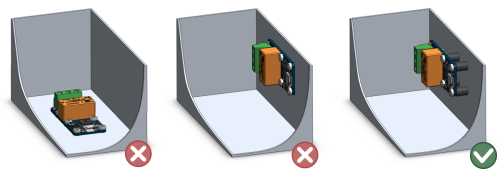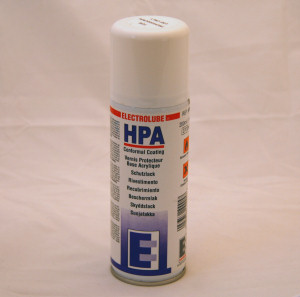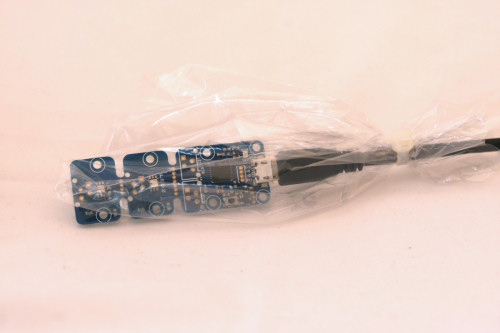 When we start thinking about an outdoor electronic project, some new problems appears. The worst one is humidity, everyone knows that electric stuff does not like water. Fortunately, there are ways to make an electric device work outdoor. This article explains some techniques to help you use Yoctopuce devices in the wild.
When we start thinking about an outdoor electronic project, some new problems appears. The worst one is humidity, everyone knows that electric stuff does not like water. Fortunately, there are ways to make an electric device work outdoor. This article explains some techniques to help you use Yoctopuce devices in the wild.
The biggest issue is humidity which is omnipresent outside. What happens when water sneaks inside an electric device? some small short circuits between contacts will appear, but that's not the worst part: an electrolysis process will start between contacts with different electric potential. None of those will help the board to survive outside.

Electrolysis can eat contacts in a matter of hours
The brute force strategy is to build a waterproof box. Unless you want to make your project run in your swimming pool, this is not the best approach. It's kinda difficult to create a fully waterproof box especially when the inside must interact with the outside. This might also cause overheating problems.
There is a more pragmatic strategy: no matter what we do, water will leach inside the box. So let's make sure the water can go out quicker than it got in. First you need to make holes at the bottom of the box. Then, instead of fixing boards horizontally, fix them vertically, so that any water would flow along the boards instead of stagnating on it. For the same reason, use spacers to fix the boards, so that water cannot get stuck between the board and the support. Do not install the box directly on the ground: there are tremendous amount of humidity coming from there.

Modules should be fixed vertically using spacers
A well engineered box will prevent water from stacking up inside. But there still is the ambient humidity problem. This humidity tends to condense where it should not. There is a technique, called tropicalization, to prevent that. A special coating is spayed on the board and the coating is supposed to protect the board from humidity. These products are usually available as spray.

This kind of product might help you
You can buy these tropicalization spays from electronic component suppliers. Make sure you don't put coating on connectors. The easiest way is to plug the connectors then apply coating. Using coating will probably make any later soldering difficult. These coating products work pretty well, but don't expect miracles: a tropicalized board will probably not work underwater or under rain for long.
If your project is not supposed to work outside for very long, you don't have to build a box: tropicalization plus a plastic bag and a nylon cable tie will do the trick.

A plastic bag, a nylon tie and this tropicalized device will work outside for a few days
Another issue caused by outside project is the wiring. How are we supposed to provide power? For projects based on Yoctopuce modules, how are we supposed to provide USB connectivity? Regarding power, do not use the mains outside: it's far too dangerous. If not for you, for people/animals who might mess with your cables while you're not there. Put the current transformer inside your house, and bring a low voltage cable to the project.

Do not try this at home. Actually do not try this at all.
Regarding the USB connectivity, you can find USB cables up to 10 meters. Choose the ones called "active cables", they have an embedded USB hub that will reconstruct the signal decaying because of the cable length. Do not connect too many devices through a long cable. If you have to use a USB camera, use a distinct cable, this will make sure the camera will not flood the deteriorated bandwidth. And make sure to give an external power supply to the hub inside, so that there is enough power at the end of the long cables.


